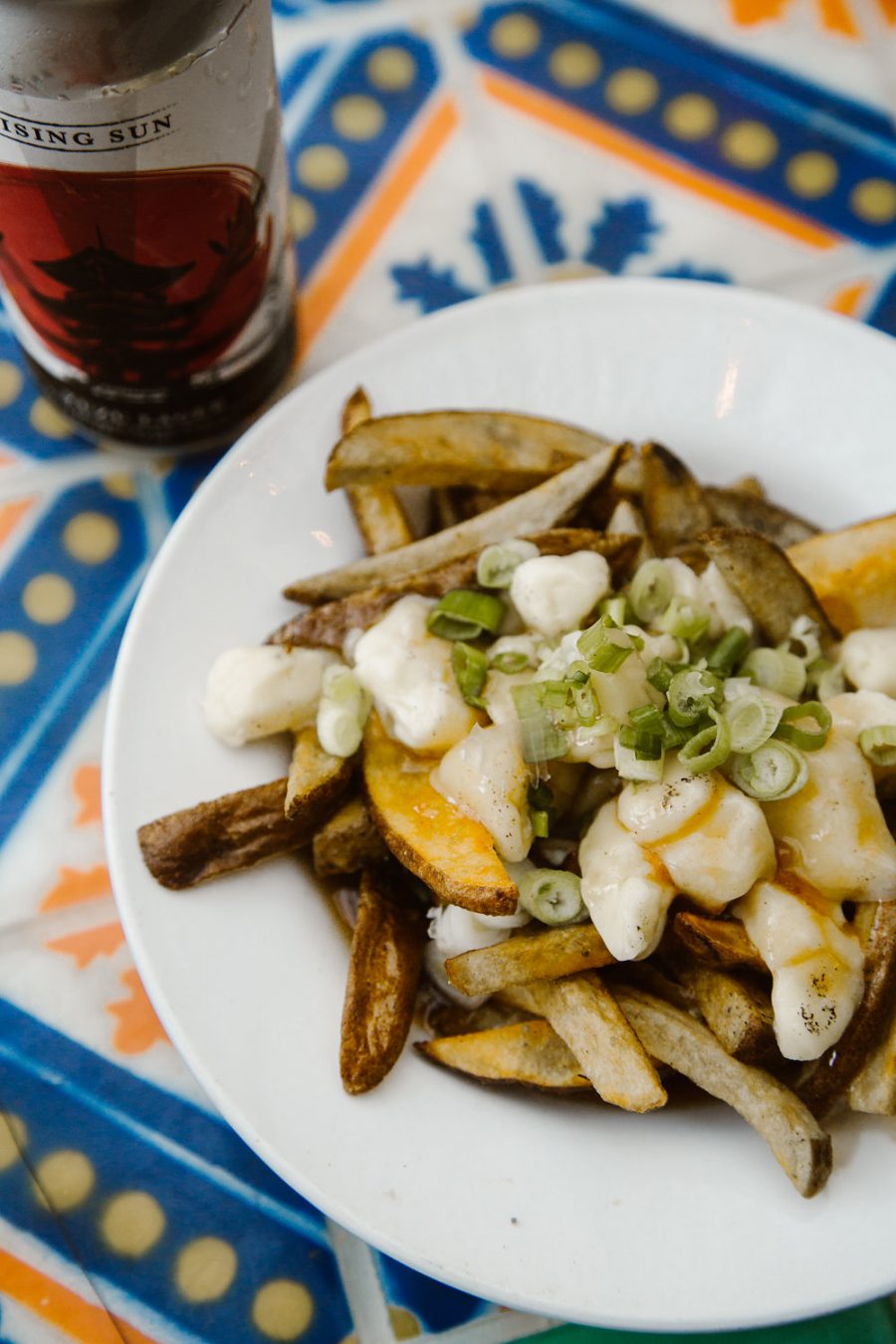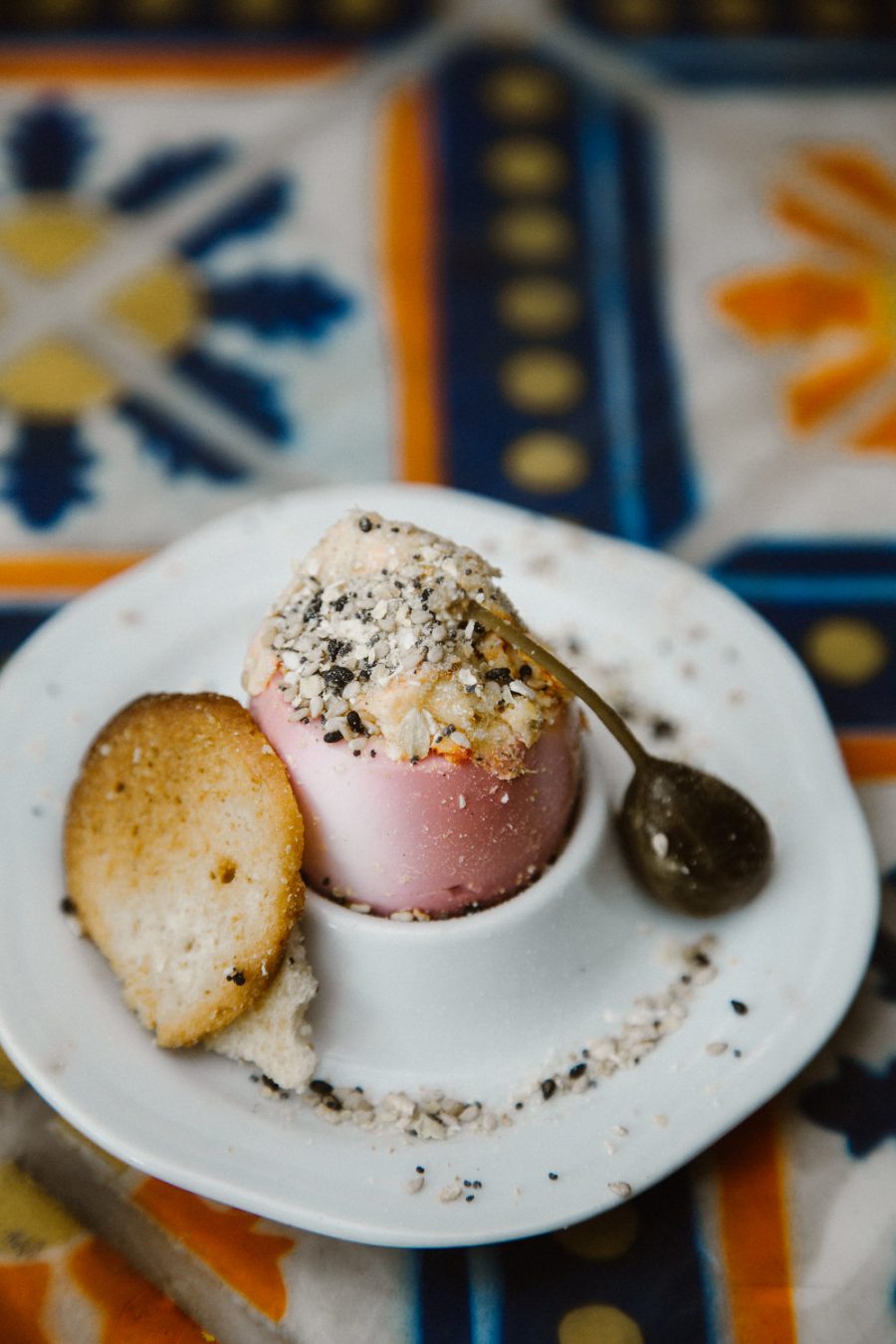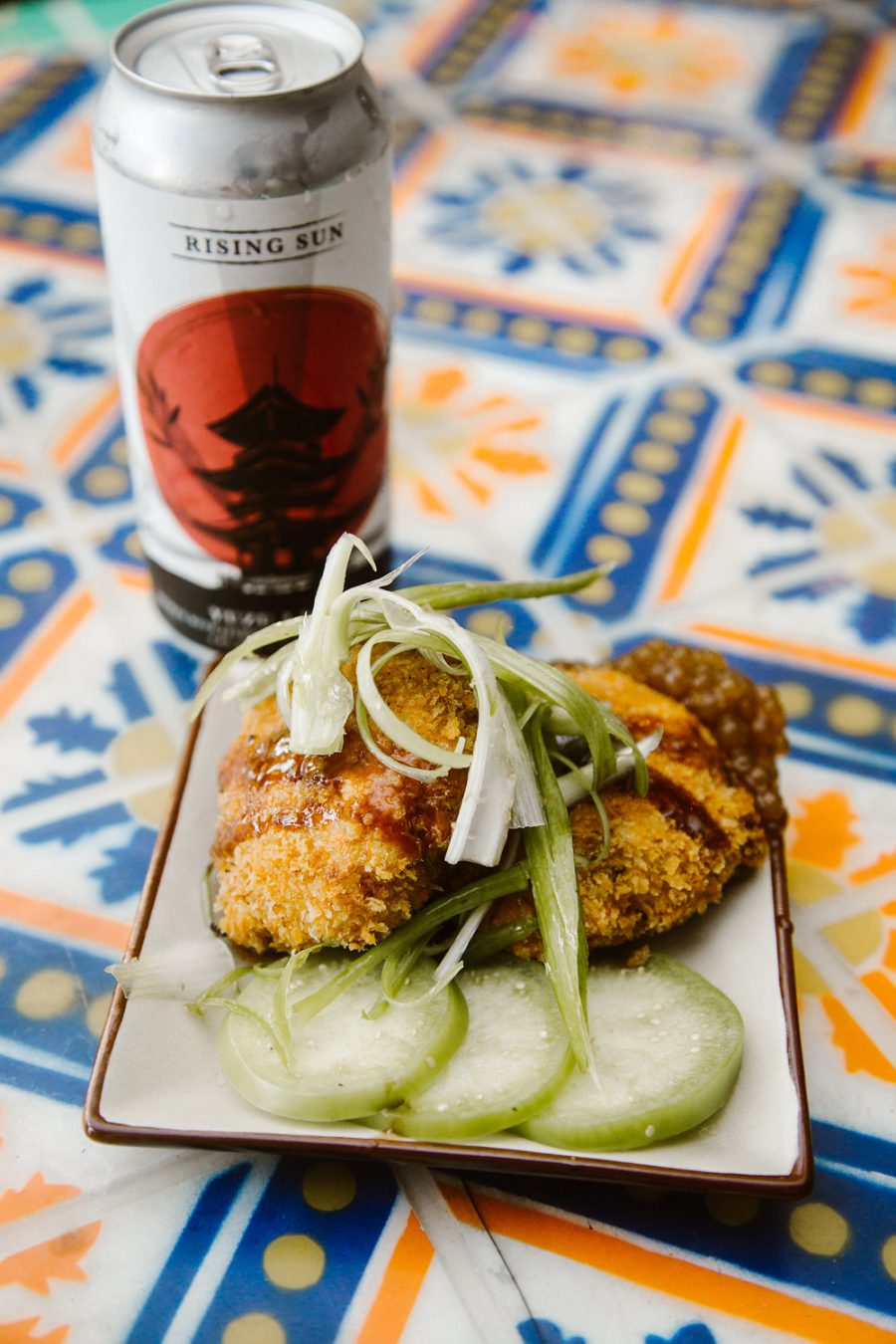“The last time I was in Japan, I flew back with a backpack full of miso and a bunch of other things that were just very hard to explain to a border agent,” says a laughing Todd Graham, founder of Vancouver-based HandTaste Ferments. An avid traveller and fermenter, Graham, through sips of his iced coffee on a cloudy summer day, describes the common reaction to importing lesser-known food ingredients from around the world. But those awkward conversations and puzzling looks? They’re all worth it.
HandTaste Ferments is much like a catering service, hosting pop-up dining events once a month alongside a group of friends and food professionals. There is a comedy brunch with local comedian Cameron Macleod at The Lido, a monthly dining experience at The Narrow Lounge, and in New Westminster, an upcoming series with Steel & Oak Brewing Co. Graham whips up a variety of fermented goodies—everything from classic sauerkraut and soy ferments, to asparagus, kimchi, and fish. His passion for fermentation first began in the beer industry, when he spent several years working in the Vancouver craft brewing scene. But it wasn’t until he apprenticed under one of the most renowned fermenters in North America that his skill set really took form.
“I moved to Tennessee for a while to live with Sandor Katz, whose kind of like a god of the fermentation world,” he explains, referencing the New York Times bestselling author of sauerkraut and sourdough guide Wild Fermentation. After returning to Canada, Graham linked up with his connections in the food industry, working as the in-house fermenter for the West End’s Forage (he just recently left that post), and also providing Chinatown’s Bestie with the sauerkraut to pair with its sausages.
But for Graham, the pop-up dining life is his true calling. “My focus lately has been more or less on Vietnam and Japan,” he says. “Those are my favourite kinds of ferment; I’ve spent a bunch of time there.” He likes Japanese favourites such as soy sauce and miso soup (traditionally referred to as shottsuru and misoshiru), as well as a rice ferment called koji. From Vietnam, Graham is inspired by the use of fermented shrimp mam tom, a variety of fish sauces enjoyed as condiments, and even fermented baby melon. When taking cues from cultures around the world, Graham makes sure to relay each item’s origins to his pop-up guests. “Without showing a proper respect for where it comes from, it can be a dangerous, slippery slope,” he says. “People have been eating this their whole life. I think it’s a really big conversation to have, because food represents everything. It is cultural. And it is political.”
In a commercial space in Chinatown, Graham converts carbohydrates into acids or lactate (edible food sources) in an anaerobic setting. This “controlled rotting,” as he calls it, requires a brine of two parts salt to one part water, and a bucket or hosting container to provide the encouragement of decomposition. Over a period of roughly two weeks, the beneficial bacteria lactobacillus reacts with the brine, encouraging the dissipation of harmful bacteria and leaving behind the edible stuff. Fermentation dates back to the caveman era and is considered the oldest form of food processing and preservation. Fermented goods have been linked with probiotic and immune health, are said to help regulate digestion, and in women, can even contribute to hormone health.
At a recent Narrow Lounge pop-up, Graham and his team presented a menu consisting of cold smoked tuna with fermented sea asparagus; at an earlier dinner this year, it was fermented leeks, fermented black bean gyoza with pork and lamb, and wings marinated in kimchi with celery root pickles. For dessert? Miso ice cream. “It’s really simple,” he says. “Miso is really strong-tasting, but it also has this real weird caramel flavour when mixed in with dairy.”
Part of what Graham does is education, helping people understand that edible ferments are all around them. “If you ask the average person if they eat fermented food, most of them will say no. But on an average day, most people eat it two or three times a day,” Graham explains. “Coffee’s fermented. Chocolate’s fermented. Bread. All cheese. It’s actually incredibly common.” And incredibly delicious.
Stay up-to-date on Vancouver’s dining scene here.













